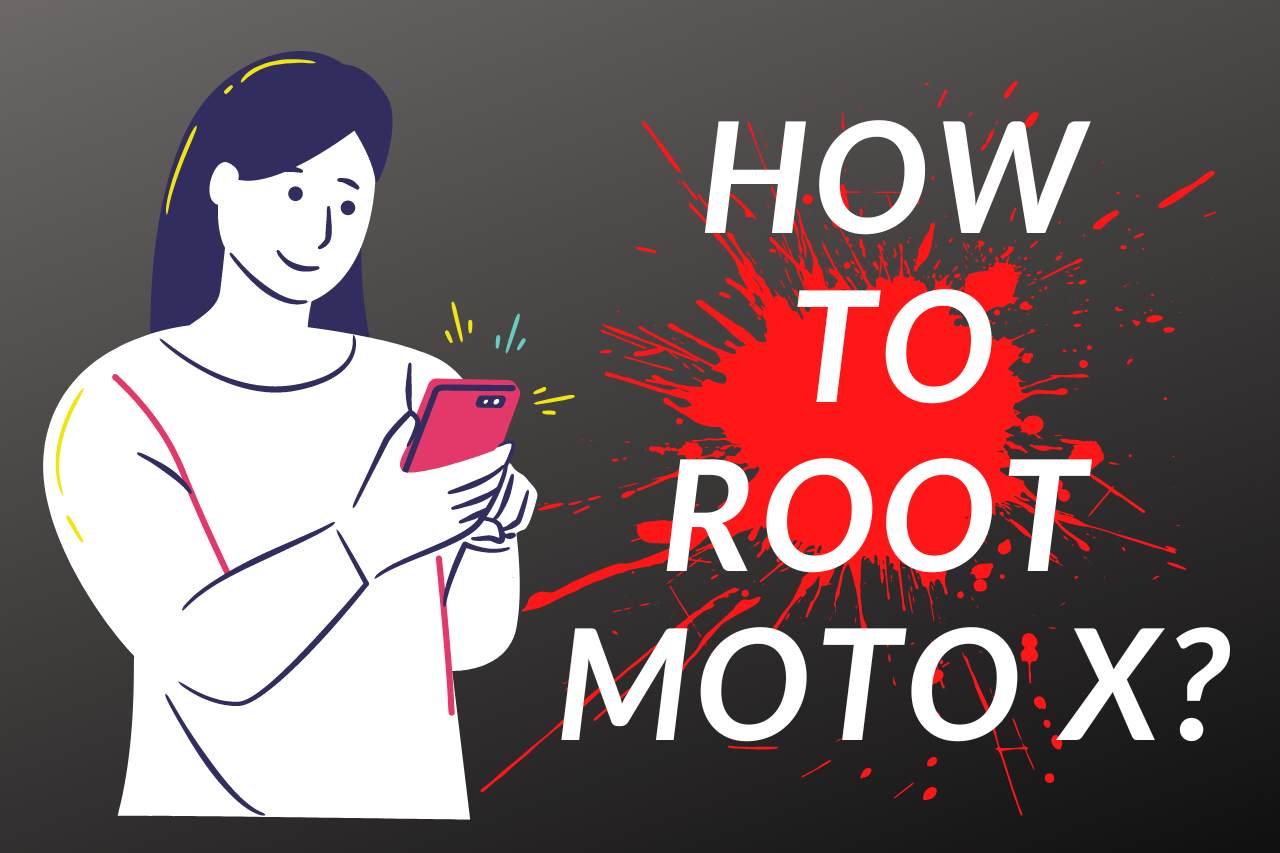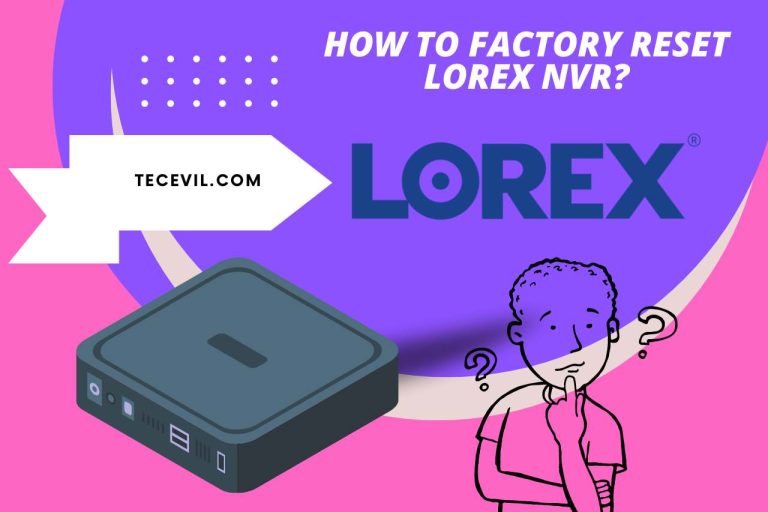How to Root Moto X? (Step By Step Guide)
You must root any Moto X in order to run programs that require administrator privileges, including screen recording or remote control software, remove bloatware, download a custom ROM, or do any of these things. How to root Moto X? Thankfully, regardless of the carrier you use, rooting the Moto X is simple. Carry out these easy steps.
Since a word of caution, please be careful not to upgrade your device’s programming after performing this operation as you risk losing root access and having the phone crash.
What Precisely is Rooting, and Why Must I Do It?
One option is to root your Motorola Moto X if you want full control over it. This suggests that you anticipate being a powerful operator of any Motorola Moto X.
But be careful—the producer adds software restrictions to stop you from acting foolishly. By creating insufficient tasks, you could destroy any smartphone, whether it shows out to be rooted.
The following are things you can accomplish using a rooted Motorola Moto X.
- Overclocking the CPU will improve the performance phone the Motorola Moto X.
- Make the most of the Motorola Moto X’s battery capacity.
- Install or remove specific required apps.
- Any ROM of your choice will help you customize the Motorola Moto X.
What prerequisites must a Moto X have in order to be rooted?
-
Get and Set Up the Motorola Moto X USB Drivers
The USB drivers for one Motorola Moto X needs to be downloaded first. The Motorola USB drivers, ADB, fast boot, fast boot, as well as recovery adapters are all available for download. You can only obtain all the files you need, such as the Moto X, from just one location.
Installing the document on your computer is recommended after downloading it. Unzip together all contents from the file following downloading it, then give the directory the title “MotoX.” You can see that all of the additional files have been downloaded into the “MotoX” directory, with the exception of SuperSu 1.86 for Moto X as well as Fastbootghost.
-
Set the Moto X into USB Debugging Settings
Currently, if this is the first time, you’ll need to turn on the USB debugging capability on any Motorola Moto X.
- Select “Settings” from the menus on the Moto X.
- After that, select ‘About’ from the menu.
- Currently, you must quickly click the “Build Number” choice seven times in a row.
- A used display would appear as a result of doing this and will state something along the lines of, “You are a developer now.”
- The USB Debugging feature has now been enabled, and a new “Developer Options” will also be available.
- Turn on the “Developer Options” by tapping and toggling from there.
- The question “Allow Development Settings?” may appear as a prompt. You can close it by simply tapping the “OK” button.
- In order to activate USB Debugging, follow the link and select the “Debugging” component.
- Finally, hit the “OK” key to approve it if a prompt asking “Allow USB Debugging?” appears.
How to Root Moto X?
You could use Fastboot, a handy little program included with the Android SDK, to root any Motorola handset. Fastboot can root and update the firmware because it launches here on the gadget well before the Android operating system does.
Since it needs to be used on both the Motorola as well as the desktop, the Fastboot approach is challenging. These guidelines explain how to root a Motorola Moto X upon the Windows computer by employing the TWRP software.
Caution
Recognize that even while rooting any Motorola Moto X has many benefits, we must warn you about the risks it entails. In the end, you won’t be able to run specific apps of any Motorola Moto X as well as damage your device, void its guarantee, create security issues, and so forth.
Steps
- Unlock any Motorola device’s bootloader by following the step-by-step steps.
- Custom recoveries must be installed after the Motorola Moto X’s bootloader has been properly unlocked. Follow the instructions listed below after first connecting any computer to your gadget.
- Save the most recent version of SuperSU here to the root of such a phone’s SD card.
- Get the Minimal ADB as well as fastboot Tools as well as run these on your pc.
- Change TWRP recovery into recovery.img after downloading it to your pc.
- After that, transfer the TWRP recovery files here to a folder for Minimal ADB as well as Fastboot.
- Go ahead and launch MAF32.exe or py cmd.exe from the Minimal ADB as well as the Fastboot folder.
- Type the command: adb devices. The command above enables you to view a listing of a car’s connected devices.
- Issue the operation ‘adb reboot bootloader’ next. You can enter adb mode by using the command above.
- Execute the following code: fastboot flash recovery recovery.img.
- At this point, your smartphone will have the TWRP recovery loaded, and you should be likely to see certain processes running on the Device screen.
- At this point, you must boot through into ADB mode. Hold and press your Volume Down button while simultaneously holding the Power button for 4–5 seconds to enter adb mode. Drop the Power key while keep pressing the Volume Down button till the ADB mode icon is displayed on the screen.
- Click Recovery after your device has entered ADB mode. Volume Up is used to choose, and Volume Down is used to scroll.
- After entering TWRP recovery mode, choose the SuperSU file you transferred to the device’s SD during Step 3, as well as tap Installation.
- At this point, restart your device using the TWRP restore.
- After restarting your gadget, your SuperSU icon should appear in the menu. This demonstrates that rooting for any Motorola Moto X was successful.
How Do you De-root a Motorola Moto X?
Remember that you may undo the modifications if anyone decides against using a root version of any Motorola Moto X.
- Access SuperSU for download.
- Launch the SuperSU program.
- Go to the settings.
- Select Full Unroot by clicking.
- From that point forward, the Motorola Moto X won’t have a root.
Don’t Stop Here: Explore More Related Content
- How to Screen Record on Moto G Power?
- No Valid Sources are Available for this Video Android
- What is RootPA App?
- How to Project Mobile Screen on Wall without Projector?
- How Often Should a SIM Card be Replaced? – You Should Know

Hi there! I’m Adam Block, a passionate tech enthusiast, writer, and a keen observer of the latest trends in technology, including home security systems. My journey with technology began at an early age, driven by a curiosity to explore and understand the mechanics behind every new gadget that enters the market. While I have a special interest in how technology can enhance home safety and security, my expertise isn’t limited to just that. My website is a testament to this diverse tech fascination, covering a wide range of topics from cutting-edge gadgets to practical tech solutions for everyday use. Through my articles, I aim to share insights that are both informative and engaging for tech lovers of all kinds. Thanks for stopping by, and I hope you find something here that piques your interest. Have a great day!
Contact me: adam@tecevil.com/







